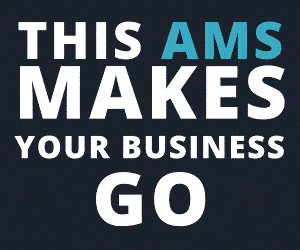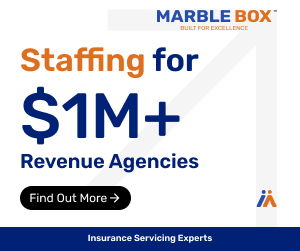New Reports
Much of the utility of automation comes from the ability to run new kinds of reports – designed to inform the agency executive decision-making process, says Bryan Kahlig of the Insurance Technologies Corporation, which manufactures InsurancePro.
For example, a cross-sell report recently integrated into their product will instantly generate a list of contacts that all have a specific policy type — and do not have a different specific policy type. This information allows you to focus and customize your marketing efforts to clients that you already have a relationship with, says Bryan.
For example, you may be interested in selling homeowner policies to your customers who currently have auto policies. You don’t want to sell homeowner policies to your clients who already have them. Running this report can provide you the list of customers you want to focus your marketing on – and prevent your reps from tying themselves in knots on the phone trying to make appointments based on irrelevant or outdated information.
Turnkey Solutions
While some software platforms in other industries are going for the total turnkey practice management solution niche – such as XPLAN, an Australian software program by EvolveLogic that serves the fee-only financial planner market, the insurance industry software situation is still modular. Back office programs like InsurancePro and AgencyMatrix do not seek to replace other crucial software packages doing accounting, pipeline/contact management, email systems, and the like. These systems are designed to exist as part of a suite of software programs, including programs like Peachtree and Microsoft Office Suite/Outlook.
However, most of the software providers do offer packages of multiple products designed to offer a more comprehensive solution.
Backup
One of the most crucial aspects of software automation, from the point of view of the agency, is data security. The first concern is recovery. In legacy systems, agencies held all their data on their own servers – and backed up their data to another disc array or via tape to an offsite location as a hedge against a flood, fire, disc crash or other catastrophe taking crucial data down.
However, with the advent of “the cloud,” today’s generation of software packages routinely provide automatic backup to an offsite server in real time, or very close to it.
This alone is a big step forward – a sudden and catastrophic data loss would be a disaster for a busy agency. Even losing a day’s worth of data would be problematic – and potentially open your practice to a worrisome E&O claim.
Some legacy companies still store much of their client information in file cabinets – leaving them vulnerable to all kinds of disasters.
Other Advantages
While there’s usually no direct discount on E&O premiums for implementing a specific program, your automation and backup systems are an important factor that your E&O carriers will use in underwriting your policy, says Winterburn.
Today’s automation programs allow you to easily digitize all phone conversations with a client, let’s say, and send the recorded file up to the cloud, associated with your client. The same software will capture any emails and any letters you print out, and integrate it right into your system. So you have a record of every interaction with your client. This can be invaluable in backing you up in the event of an E&O claim.
You can also use your program’s various reporting functions to quickly build a more complete picture of your revenues and expenses, and where they come from – enabling you to value your agency, using reports and ratios that are commonly accepted in the industry.
This can help you demand a better price when it’s time to make your exit, and sell your practice.












